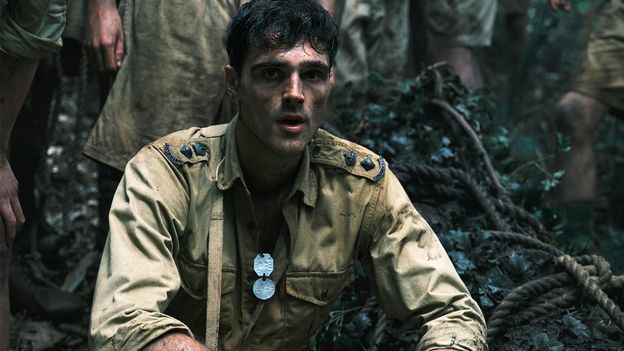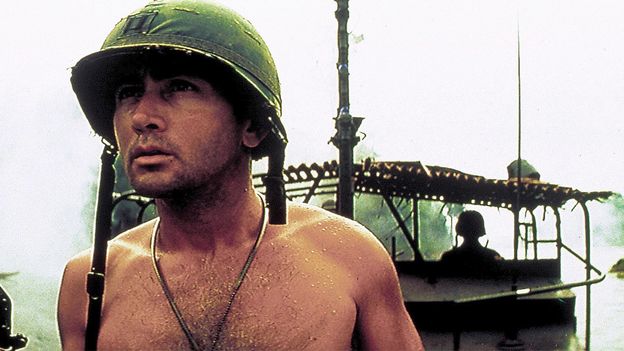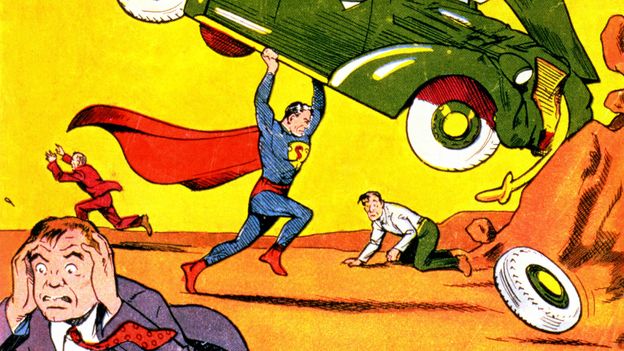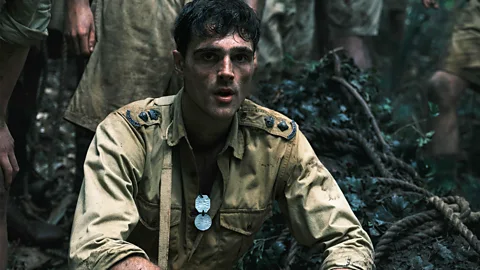 Curio Photos
Curio PhotosThe Euphoria star shines on this exceptional adaptation of a Booker Prize-winning novel about an Australian prisoner of struggle in Thailand.
What do we wish from our struggle tales? That is a query on the core of this new five-part adaptation of Australian creator Richard Flanagan’s Booker Prize-winning novel. Getting ready to make a speech for a e book launch, World Conflict Two veteran Dorrigo Evans (Ciarán Hinds) ruefully says folks simply need tales “of heroism and mateship” – the place he would reasonably give them “the reality”.
It is actually true that generally cultural discourse, there is usually a tendency to current struggle historical past via a romanticised, “inspirational” lens – however on display screen there may be additionally a powerful lineage of works which have sought to put naked its abjectness, from Apocalypse Now to All Quiet on the Western Front. Nevertheless, if this miniseries just isn’t radical in that respect, it’s, on the proof of the primary two episodes which have premiered on the Berlin Film Festival, set to be a surprising, shell-shocking piece of labor however – in addition to a formidable showcase for Jacob Elordi, the in-demand star who made his title with HBO sequence Euphoria and, after working with the likes of Sofia Coppola and Paul Schrader, continues to make even handed selections.
It units out its stall proper from the opening scene, in Syria in 1941, by which a bunch of Australian troopers’ blokeish banter is reduce via by a bomb explosion that gruesomely takes out certainly one of their quantity and a Syrian baby: filmed with tight, disorientating camerawork by director Justin Kurzel, the visuals drained of color amid the murk of the panorama, it immerses you utterly within the horror.
From there the story strikes between three timelines. There’s younger Dorrigo (Elordi) in 1940, as he’s stationed to Adelaide for navy coaching and varieties an intense connection together with his uncle’s younger spouse Amy (Odessa Younger); Dorrigo in Thailand in 1943, now certainly one of 1000’s of prisoners of struggle within the Thai jungle compelled by the Japanese to assist construct Burma’s infamous “Demise” railway; and 77-year-old Dorrigo in 1989, an prosperous surgeon with a happy-ish marriage who however can by no means hope to overlook what he witnessed all these many years in the past – “the unusual horrible neverending-ness of human beings,” as he places it – or make others who did not expertise it perceive.
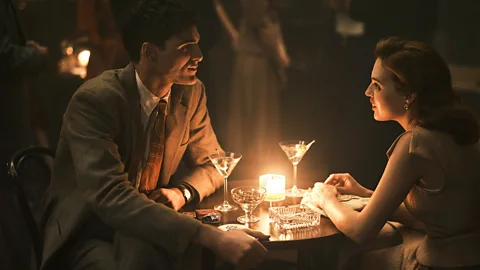 Curio Photos
Curio PhotosThe older Dorrigo’s sense of alienation is deftly sketched in an early scene by which he’s interviewed by a combative younger journalist, ready to query his blanket definition of the Japanese as “monsters”. It is a measure of Shaun Grant’s expert writing that as she prods him, and together with his rebuke, you sympathise with each characters’ viewpoint. Equally spectacular is the best way the present offers with Dorrigo’s extra-marital affairs, as each younger and outdated man, with no crude judgements. There aren’t any heroes and villains in both set-up, precisely, simply messy emotions and a seek for connection.
The place the drama possesses clearer ethical definition is within the indeniable evil of the sadism directed on the captured Australian troopers. It’s in these prisoner of struggle scenes that Kurzel, identified for movies like Snowtown and True Historical past of the Kelly Gang, actually excels himself, creating grimly highly effective photos – take a scene early on of a heap of dehydrated males being transported in a truck, sticking their tongues out ecstatically as rainwater comes via the slats of their container. However he additionally deftly colors within the bravado and, sure, mateship, that (barely) sustains them in probably the most horrible of conditions, as they share penis jokes and impromptu comedy skits amid the insufferable slog of their labour.
With regards to their Japanese captors, in the meantime, the hazards of presenting them as one-dimensionally malign are counterpointed partly by the character of a conflicted younger main. On the identical time, the best way certainly one of his seniors talks about how chopping off somebody’s head feels each “euphoric and horrible” couldn’t be extra chilling. It is going to be fascinating to see how their perspective develops, because the episodes progress.
However this can be a present as a lot about love as struggle, and it is good that the romance has equal influence, due to the smouldering chemistry of Elordi and Younger. Younger offers a beguiling sense of a girl with a knowledge and self-knowledge past her years, whereas Elordi has merely by no means been higher: returning each to the small display screen and his homeland Australia, he holds the display screen with a selected form of reserved charisma, suggesting his character’s hidden recesses of ache and want with mere sparkles of expression. And even when he hardly resembles Elordi, Hinds is equally very good within the older timelines, his pure lugubriousness put to good use.
As for Kurzel, he brings an auteur’s confidence to all the things right here, making a seamless symphony of visuals, enhancing and music. The Slender Street to the Deep North looks like a searingly “true” account of struggle, certainly, but additionally one based on the best artistry, if that is not an excessive amount of of a contradiction.
The Slender Street to the Deep North will premiere on Prime Video in Australia, New Zealand and Canada and shortly on BBC1 and BBC iPlayer within the UK. A US launch date is but to be introduced.

